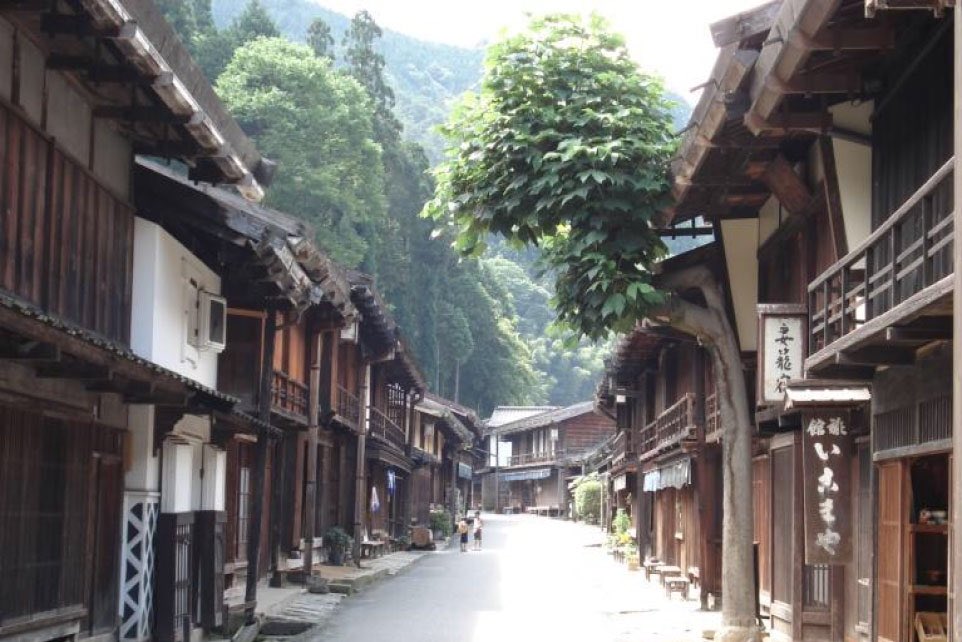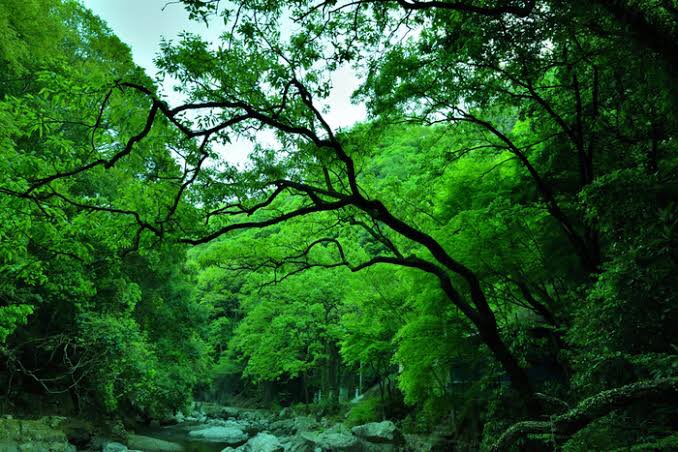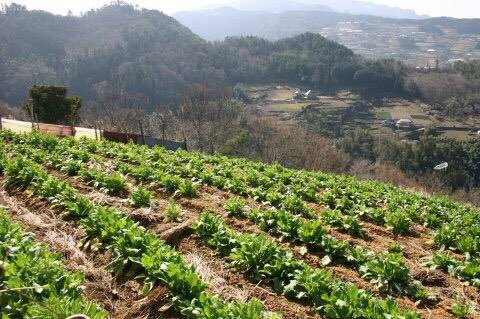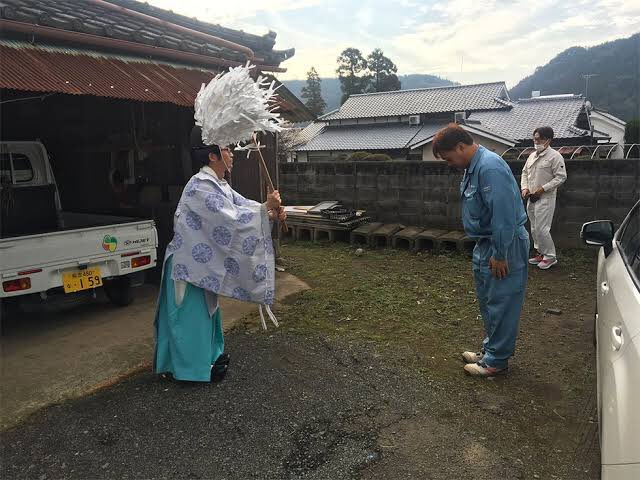
How to get URL link on X (Twitter) App

https://twitter.com/wrathofgnon/status/1046307781970718720


 A Japanese master plasterer designed boxes built exactly like regular earthen warehouse walls, except he reused wooden wine crates. He sells kits, or you can use your own materials to make your own if you feel up to it.
A Japanese master plasterer designed boxes built exactly like regular earthen warehouse walls, except he reused wooden wine crates. He sells kits, or you can use your own materials to make your own if you feel up to it. 




 A bound reed roof is far steeper and thus lasts longer, but it requires more skill to do correctly. Reed is often available for free and in vast quantities anywhere it grows, harvesting it is doing nature a favor. All materials used in a reed roof are compostable, all hand tools.
A bound reed roof is far steeper and thus lasts longer, but it requires more skill to do correctly. Reed is often available for free and in vast quantities anywhere it grows, harvesting it is doing nature a favor. All materials used in a reed roof are compostable, all hand tools. 







 The job is popular: not surprisingly veteran bokka routinely tests as fitter and healthier than elite athletes. Both men and women take on the job, the average weight of a bokka is 60-70kg.
The job is popular: not surprisingly veteran bokka routinely tests as fitter and healthier than elite athletes. Both men and women take on the job, the average weight of a bokka is 60-70kg. 




 Iriairinya are typically from a couple of hectares up to 50-60 hectares. Still a valid legal concept, village's who manage commons also have the option to incorporate them (as modern organizations), to make them more compatible with modern legal practices.
Iriairinya are typically from a couple of hectares up to 50-60 hectares. Still a valid legal concept, village's who manage commons also have the option to incorporate them (as modern organizations), to make them more compatible with modern legal practices. 


 The villagers of Usami had an exceptionally long memory. Records, monuments and tales of a huge 1703 quake had been preserved and stories of what happened was still in vivid memory. The locals acted unbelievably fast, evacuations started as soon as the trembling stopped.
The villagers of Usami had an exceptionally long memory. Records, monuments and tales of a huge 1703 quake had been preserved and stories of what happened was still in vivid memory. The locals acted unbelievably fast, evacuations started as soon as the trembling stopped.




 The town's main income is obviously tourism, but in order to preserve the town the locals figured out a method where they build and renovate as much as possible by themselves, together. One ex. is the town's six remaining "ancient style" ishiokiyane: shingle roofs held by rocks.
The town's main income is obviously tourism, but in order to preserve the town the locals figured out a method where they build and renovate as much as possible by themselves, together. One ex. is the town's six remaining "ancient style" ishiokiyane: shingle roofs held by rocks. 


https://twitter.com/wrathofgnon/status/1267642681632542720

 In Omachi City, a farmer noticed how his dogs seemed eager to go after the wild monkeys ravaging his farm, and he got a permission to trial it. The results were immediate: as he unleashed his dogs the farm went from near total losses to no losses at all almost overnight.
In Omachi City, a farmer noticed how his dogs seemed eager to go after the wild monkeys ravaging his farm, and he got a permission to trial it. The results were immediate: as he unleashed his dogs the farm went from near total losses to no losses at all almost overnight. 


 Trees and their leaves have surface areas many thousands of times larger than the area they occupy. Leaves, stems, bark can hold vast amounts of water which easily evaporates after the rain. It has been shown 20-30% of water captured by forests is held by the trees themselves.
Trees and their leaves have surface areas many thousands of times larger than the area they occupy. Leaves, stems, bark can hold vast amounts of water which easily evaporates after the rain. It has been shown 20-30% of water captured by forests is held by the trees themselves. 

 In the early 17th century the Musashino plateau north west of Edo was unusable for agriculture but the city's population was growing rapidly. With soil of volcanic ash and gravel there was no water and no fertility when the Kawagoe Clan were tasked with feeding the new capital.
In the early 17th century the Musashino plateau north west of Edo was unusable for agriculture but the city's population was growing rapidly. With soil of volcanic ash and gravel there was no water and no fertility when the Kawagoe Clan were tasked with feeding the new capital. 


 This Victorian era classroom is basically a Virus killing machine: huge windows (UV light and fresh air kills viruses and bacteria), wood and plaster interiors regulate humidity to the golden 40-60% zones that airborne viruses hate. And anything that lands on a surface is zapped.
This Victorian era classroom is basically a Virus killing machine: huge windows (UV light and fresh air kills viruses and bacteria), wood and plaster interiors regulate humidity to the golden 40-60% zones that airborne viruses hate. And anything that lands on a surface is zapped. 




 Although disused today, the large courtyards around which the homes were arranned were crammed with vegetable gardens, collective ovens, places to keep and rear fowl, goats, pigs. The towns also had schools, hospitals, churches etc.
Although disused today, the large courtyards around which the homes were arranned were crammed with vegetable gardens, collective ovens, places to keep and rear fowl, goats, pigs. The towns also had schools, hospitals, churches etc. 

 They don't want the family. The family does things for each other in the name of love. They make babies, they care for and nurse and teach and clothe and finally bury each other. There is no money in this. Therefore, the Machine wants the family destroyed by negation.
They don't want the family. The family does things for each other in the name of love. They make babies, they care for and nurse and teach and clothe and finally bury each other. There is no money in this. Therefore, the Machine wants the family destroyed by negation. 

 These botefuri (usually) men sold everything from bonsai to pet insects to fresh fish and also dealt in recycling by buying scrap paper, cloth, ash, bones, rage etc. We have decent records of how many they were because of an official license system.
These botefuri (usually) men sold everything from bonsai to pet insects to fresh fish and also dealt in recycling by buying scrap paper, cloth, ash, bones, rage etc. We have decent records of how many they were because of an official license system. 

 Now would be a good time to open a network of high schools focused on graduating trainee railroad engineers. They will need many thousands of them in the next few decades.
Now would be a good time to open a network of high schools focused on graduating trainee railroad engineers. They will need many thousands of them in the next few decades.

 Teuritō (天売島) is 5.47km². In 1956 only 1.8% was forested. Today the figure is probaby 40% and rising. To recreate the forests "forts" were built: moats were rain water could accumulate and tall fences in square patterns to protect saplings from wind: willow, pine, oak, spruce.
Teuritō (天売島) is 5.47km². In 1956 only 1.8% was forested. Today the figure is probaby 40% and rising. To recreate the forests "forts" were built: moats were rain water could accumulate and tall fences in square patterns to protect saplings from wind: willow, pine, oak, spruce. 




 Karishiki in mountain areas is peculiarly multifunctional, modern chemical fertilizers just doesn't work as well. The reason is the steep stony slopes: you can put all the chemicals in the world on them, it just washes away in the almost daily warm rains.
Karishiki in mountain areas is peculiarly multifunctional, modern chemical fertilizers just doesn't work as well. The reason is the steep stony slopes: you can put all the chemicals in the world on them, it just washes away in the almost daily warm rains. 




 Slit dams could either be purpose built or openings can be cut out of existing conventional dams. Once the flooding is over it can be safely cleared from rock or wood debris and primed for re-use.
Slit dams could either be purpose built or openings can be cut out of existing conventional dams. Once the flooding is over it can be safely cleared from rock or wood debris and primed for re-use. 




 The well was dug to serve the people who lived around it and even when "filled in" they're never actually closed for good, there is always a pipe of some kind to allow the well spirit to leave. More profane people would just see it as a handy way to let well any gas expel safely.
The well was dug to serve the people who lived around it and even when "filled in" they're never actually closed for good, there is always a pipe of some kind to allow the well spirit to leave. More profane people would just see it as a handy way to let well any gas expel safely. 


